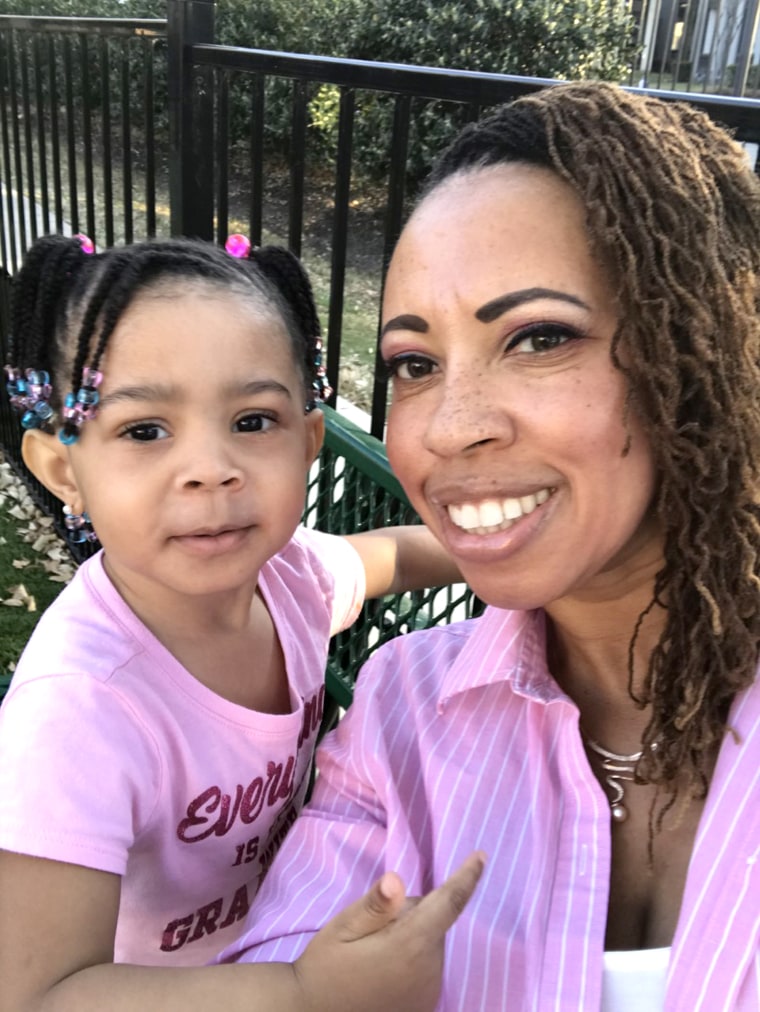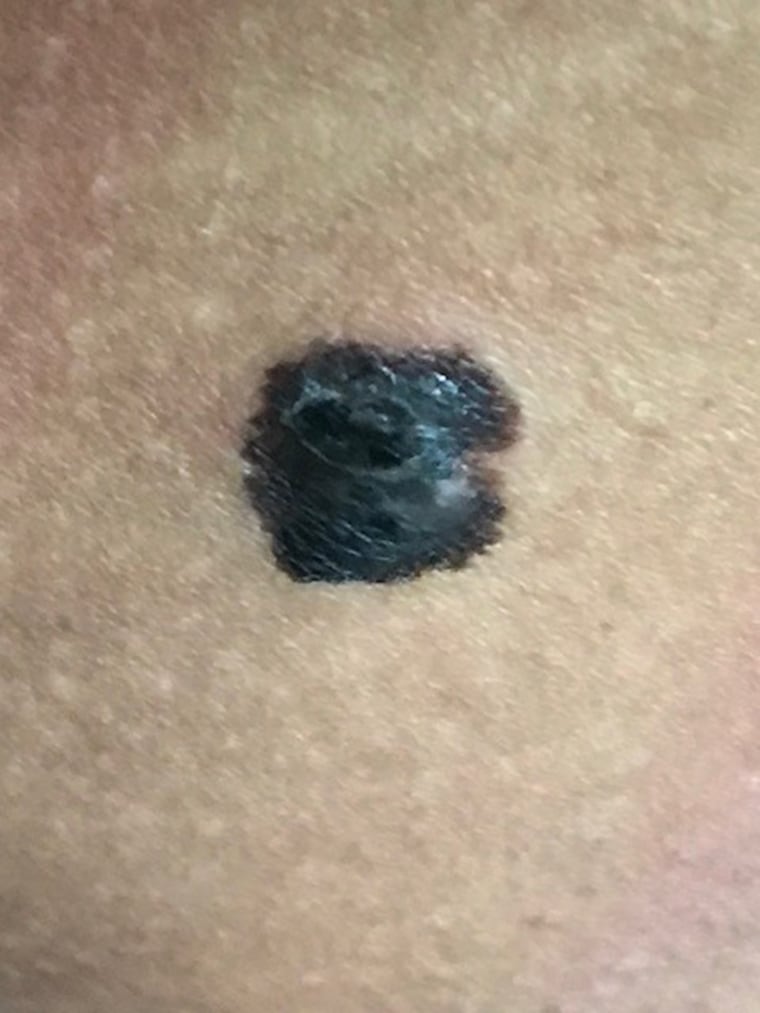For as long as she could remember, Ilia Smith had a dark spot on the side of her hip that she considered to be a birthmark.
It looked like an irregular square and contained different hues — from deep brown to black — but skin cancer was not something Smith worried about. As a Black person, she says she didn’t think she could even get the disease. She enjoyed tanning in her 20s and 30s without much sunscreen or worry.
“That was my thing. I just loved being out in the sun and getting that vitamin D and that relaxation with my headphones,” Smith, 42, a nurse practitioner in Dallas, Texas, tells TODAY.com.
“It was part of my lifestyle.”

That also included tanning beds for a couple of years in her 20s. They were part of the package when she joined a gym and she used them because she wanted her skin to be a little bit darker.
Smith never thought about that dark spot on her hip until she went to a spa with a friend who was a dermatologist’s physician’s assistant and told her, “You need to watch that.”
That warning suddenly popped back into her mind 10 years later, in late 2020, when Smith accidentally scratched the spot with her fingernail and a piece of it broke off while the remnants started bleeding.
“I don’t think a birthmark should do that,” she recalls thinking.

She also remembers that in addition to bleeding, the spot had started to become itchy in recent months.
The incident led to her to make an appointment with a dermatologist, who biopsied the spot. The results: malignant melanoma, the deadliest form of skin cancer.
“I was completely floored,” Smith says. “I got very concerned because my daughter loves Bob Marley and that’s how he passed — from skin cancer.”
People of all colors can get skin cancer
Melanoma is more than 20 times more common in white people than in Black people, according to the American Cancer Society.
But people of all colors can get skin cancer, the American Academy of Dermatology warns. In Black patients, the disease often develops on parts of the body that get less sun, including the bottom of the foot, lower leg, palms and under a nail, the organization adds.
Most melanomas among Black people occur on the lower limbs and hip, studies have found.
When Black patients develop melanoma, their survival rates lag those of white patients, perhaps because they’re diagnosed at later stages when the disease has already progressed, researchers wrote in the journal Preventing Chronic Disease.
It suggests more awareness is needed about skin cancer in Black people among both the public and doctors, the authors added.
Warning signs to look for
Smith was relieved to find out her cancer had not spread to her lymph nodes, which meant she didn't need chemotherapy.
She had surgery to remove the cancerous spot, plus 3 inches of skin around it. Doctors went 1.5 inches deep into her flesh to ensure clean margins. A plastic surgeon helped repair the wound on her hip.
Smith now gets skin checks four times a year to make sure there are no other suspicious spots. She wears sunscreen with SPF 50 when she goes outside and sun protective clothing that covers her arms when she runs. When she goes to the pool, she stays in the shade and wears a hat in addition to using sunscreen.

“As an African-American nurse practitioner, I definitely love educating the public,” she says. “Look at yourself. Make sure those little moles or birthmarks or freckles are not changing because those are the things that you want to watch out for.”
About 20 to 30 percent of melanomas develop in existing moles, according to the Skin Cancer Foundation.
It's important to become familiar the ABCDEs of melanoma — warning signs that a mole is cancerous.
The American Academy of Dermatology recommends monthly self-checks of your skin to look for any spots that are growing, bleeding, itching or changing in any way. Don’t forget to check the bottoms of the feet, the palms and toenails. If you find anything suspicious, see a dermatologist.
Smith advised getting regular skin checks from a doctor, but there are no firm recommendations for skin cancer screening in the U.S. in the way breast, colon and prostate cancer screening is addressed, according to a recent editorial in JAMA Dermatology.
In April 2023, the U.S. Preventive Services Task Force determined there’s not enough evidence to recommend for or against routine skin cancer screening for people without symptoms.
But the recommendation doesn’t apply to people with a family history of skin cancer or those with signs or symptoms, such as irregular or changing moles, it noted.
